Intensive fish farming, a rapidly growing industry, employs advanced techniques to maximize fish production in controlled environments. This comprehensive guide explores the intricacies of intensive fish farming, from its various systems and suitable species to feed management, water quality control, and environmental considerations.
Delve into the world of intensive fish farming, where innovation meets sustainability, and discover the potential and challenges of this dynamic industry.
Definition of Intensive Fish Farming
Intensive fish farming, also known as aquaculture, involves raising fish in controlled environments, such as tanks, raceways, or ponds, with high stocking densities and intensive management practices.
Key characteristics distinguishing intensive fish farming from other methods include:
- High stocking densities, maximizing fish production per unit area.
- Controlled environmental conditions, including water quality, temperature, and oxygen levels.
- Supplemental feeding, providing fish with a nutritionally balanced diet.
- Disease management and prevention measures to maintain fish health.
- Regular monitoring and data collection for optimizing production and fish welfare.
Types of Intensive Fish Farming Systems
Intensive fish farming systems are designed to maximize fish production while minimizing the use of space and resources. There are several different types of intensive fish farming systems, each with its own advantages and disadvantages.
The most common type of intensive fish farming system is the recirculating aquaculture system (RAS). RAS systems use a combination of filters, pumps, and aeration to clean and recirculate the water in the fish tanks. This allows for a high stocking density of fish, as the water quality is constantly maintained.
However, RAS systems can be expensive to build and operate.
Flow-through systems are another type of intensive fish farming system. In flow-through systems, fresh water is constantly pumped into the fish tanks and then discharged into the environment. This type of system is less expensive to build and operate than RAS systems, but it can be more difficult to maintain water quality.
Cage systems are a third type of intensive fish farming system. In cage systems, fish are raised in cages that are suspended in a body of water. Cage systems are relatively inexpensive to build and operate, but they can be subject to environmental hazards such as storms and predators.
Advantages and Disadvantages of Different Intensive Fish Farming Systems
- RAS systems
- Advantages:High stocking density, good water quality control, efficient use of water
- Disadvantages:Expensive to build and operate, can be difficult to maintain water quality
- Flow-through systems
- Advantages:Less expensive to build and operate than RAS systems, easier to maintain water quality
- Disadvantages:Lower stocking density, can be more difficult to control water quality
- Cage systems
- Advantages:Inexpensive to build and operate, can be used in a variety of locations
- Disadvantages:Subject to environmental hazards, can be difficult to control water quality
Species Suitable for Intensive Fish Farming
Intensive fish farming systems are designed to maximize fish production in a controlled environment. The choice of species for intensive farming depends on several factors, including growth rate, feed conversion efficiency, disease resistance, and market demand.
The most commonly farmed fish species in intensive systems include:
- Salmon
- Trout
- Tilapia
- Carp
- Catfish
Factors Determining Suitability
The following factors determine the suitability of a species for intensive fish farming:
- Growth rate:Species with a fast growth rate are preferred for intensive farming, as they can reach market size quickly.
- Feed conversion efficiency:Species that can efficiently convert feed into flesh are more profitable to farm, as they require less feed for the same amount of growth.
- Disease resistance:Species that are resistant to common fish diseases are less likely to experience outbreaks, which can lead to significant losses.
- Market demand:The species should be in high demand in the market, ensuring a profitable return on investment.
Feed and Nutrition in Intensive Fish Farming
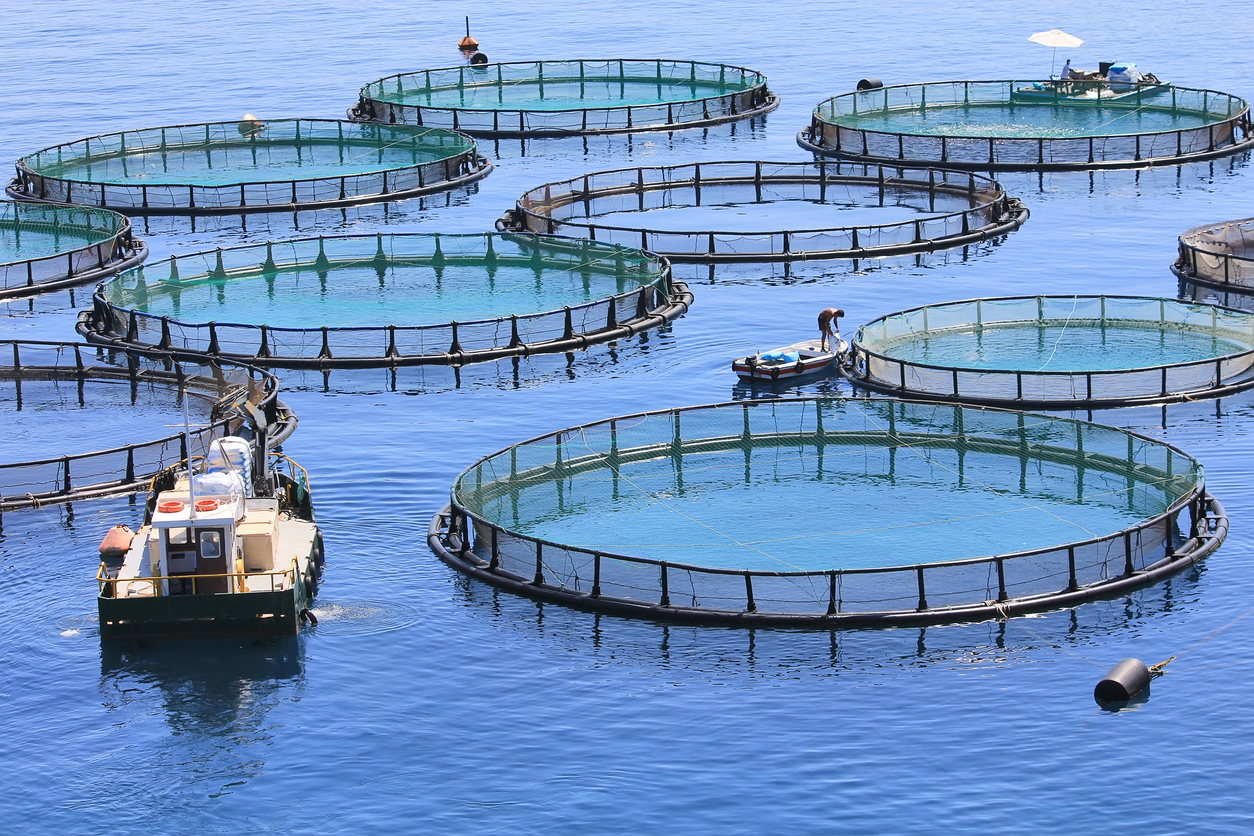
Feed and nutrition are crucial aspects of intensive fish farming. Proper nutrition ensures optimal growth, health, and productivity of farmed fish.
The types of feed used in intensive fish farming vary depending on the species being farmed. Some common types of feed include:
- Pelleted feed: This is a manufactured feed that is produced by mixing and processing ingredients into small, uniform pellets.
- Extruded feed: This is a feed that is produced by forcing a mixture of ingredients through a die to create a continuous strand that is then cut into pellets.
- Flaked feed: This is a feed that is produced by rolling a mixture of ingredients into thin flakes.
The nutritional requirements of farmed fish vary depending on their species, age, and environmental conditions. However, some general nutritional requirements include:
- Protein: Protein is essential for growth and tissue repair.
- Lipids: Lipids are a source of energy and essential fatty acids.
- Carbohydrates: Carbohydrates are a source of energy.
- Vitamins: Vitamins are essential for a variety of metabolic processes.
- Minerals: Minerals are essential for a variety of bodily functions.
Water Quality Management in Intensive Fish Farming
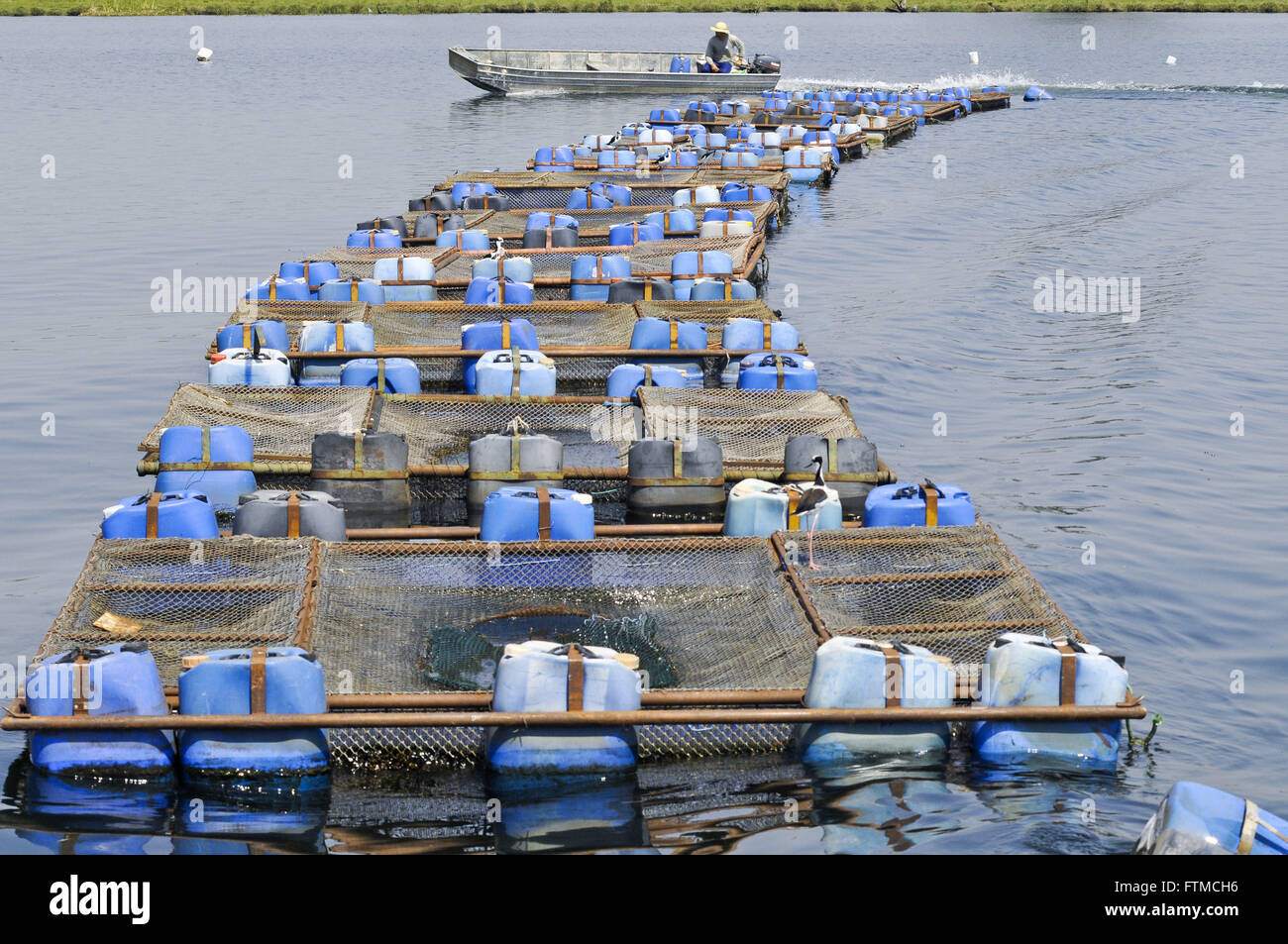
Water quality management is crucial in intensive fish farming as it directly affects the health, growth, and survival of fish. Maintaining optimal water conditions is essential for preventing disease outbreaks, ensuring proper fish development, and maximizing productivity.To achieve this, several key water quality parameters need to be monitored and controlled.
These include temperature, dissolved oxygen, pH, and ammonia levels. Temperature plays a significant role in fish metabolism, growth, and immune function. Dissolved oxygen is vital for fish respiration, and maintaining adequate levels is crucial for their survival and well-being. pH levels impact fish physiology, enzyme activity, and disease susceptibility.
Ammonia, a byproduct of fish metabolism, can be toxic to fish at high concentrations, and controlling its levels is essential for maintaining a healthy environment.
Disease Prevention and Control in Intensive Fish Farming
Intensive fish farming practices involve high stocking densities, which can lead to various health challenges and disease outbreaks. To ensure the well-being of fish and maintain productivity, effective disease prevention and control measures are essential.
Common Diseases and Health Challenges
- Bacterial infections: Bacterial diseases like vibriosis, furunculosis, and columnaris are prevalent in intensive fish farming systems.
- Viral infections: Viral diseases such as infectious pancreatic necrosis (IPN) and viral hemorrhagic septicemia (VHS) can cause significant mortality in farmed fish.
- Parasitic infections: Parasitic infestations, including sea lice, gill lice, and protozoan parasites, can compromise fish health and growth.
- Environmental stressors: Poor water quality, overcrowding, and inadequate nutrition can weaken fish immune systems, making them more susceptible to diseases.
Disease Prevention and Control Measures
To prevent and control diseases in intensive fish farming, several measures are implemented:
- Vaccination:Vaccinations are an effective way to protect fish against specific diseases. Regular vaccination programs are crucial for disease prevention.
- Biosecurity:Implementing strict biosecurity measures is essential to prevent the introduction and spread of diseases. This includes quarantine protocols for new fish, disinfection of equipment, and restricted access to the farm.
- Water Quality Management:Maintaining optimal water quality parameters, including temperature, pH, and oxygen levels, helps prevent stress and disease outbreaks.
- Nutritional Management:Providing a balanced and nutritious diet supports fish health and immune function, reducing the risk of disease.
- Disease Monitoring:Regular health checks and disease surveillance allow for early detection and timely treatment of infections.
- Treatment:When diseases occur, appropriate treatments, such as antibiotics or antiparasitics, are administered to control the outbreak and prevent further spread.
Environmental Impacts of Intensive Fish Farming
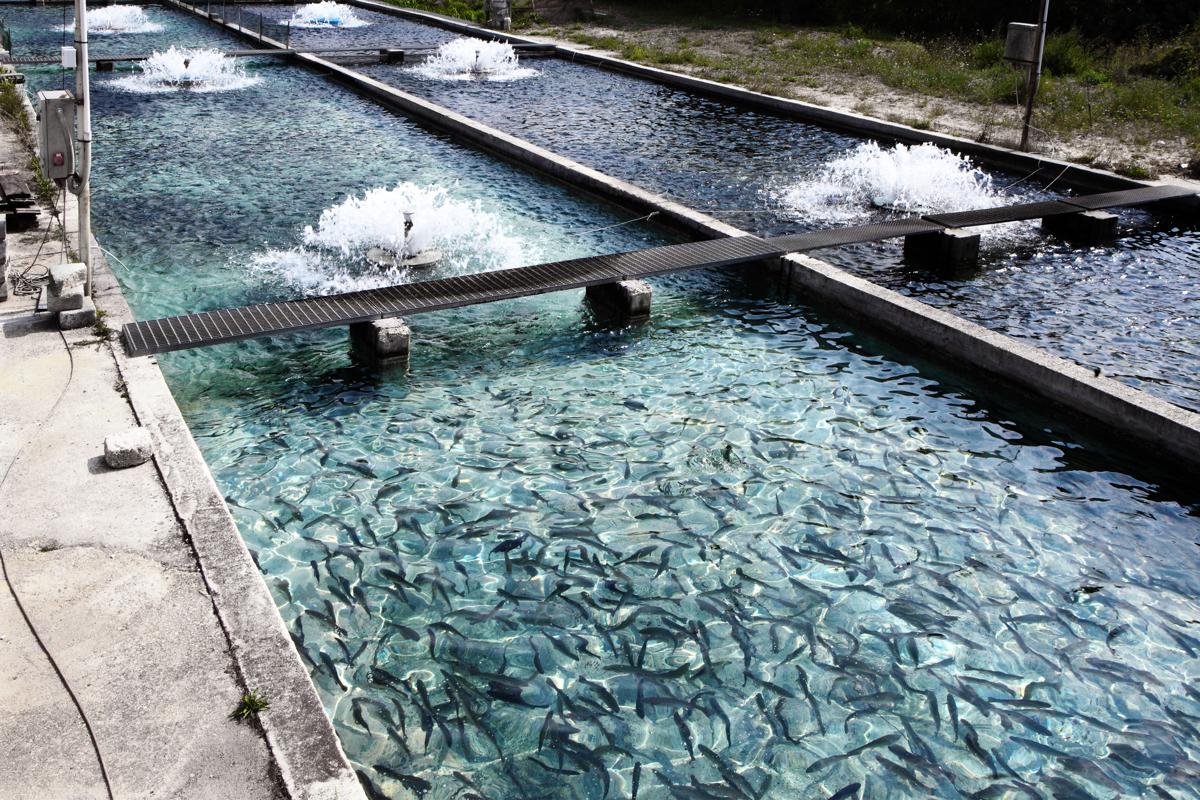
Intensive fish farming practices can have significant environmental impacts, including water pollution, nutrient enrichment, and disease transmission. Understanding these impacts is crucial for developing sustainable aquaculture practices.
Intensive fish farming is a method of aquaculture that involves raising fish in tanks or other enclosures at high densities. This method can be used to produce large amounts of fish in a relatively small space. Used hydroponic systems can be integrated into intensive fish farming systems to provide a sustainable and cost-effective way to grow plants and vegetables.
This can help to reduce the environmental impact of intensive fish farming and provide additional income for farmers.
Water Pollution
Intensive fish farming can contribute to water pollution through the discharge of organic matter, nutrients, and chemicals. Fish waste, uneaten feed, and antibiotics used in disease control can accumulate in the water, leading to:
- Eutrophication: Excessive nutrient levels can stimulate algal blooms, depleting oxygen levels and harming aquatic ecosystems.
- Hypoxia: Low oxygen levels can result in fish kills and disrupt ecosystem balance.
- Disease transmission: Polluted water can facilitate the spread of diseases among farmed fish and wild populations.
Mitigation Measures
Mitigation measures to minimize water pollution include:
- Wastewater treatment: Implementing systems to remove pollutants from wastewater before it is discharged into the environment.
- Nutrient management: Optimizing feed rations and using low-phosphorus feeds to reduce nutrient inputs.
- Biofilters: Employing biofilters to remove organic matter and nutrients from water.
- Fallowing: Allowing farmed areas to rest periodically to restore water quality and ecosystem balance.
Economic Considerations in Intensive Fish Farming
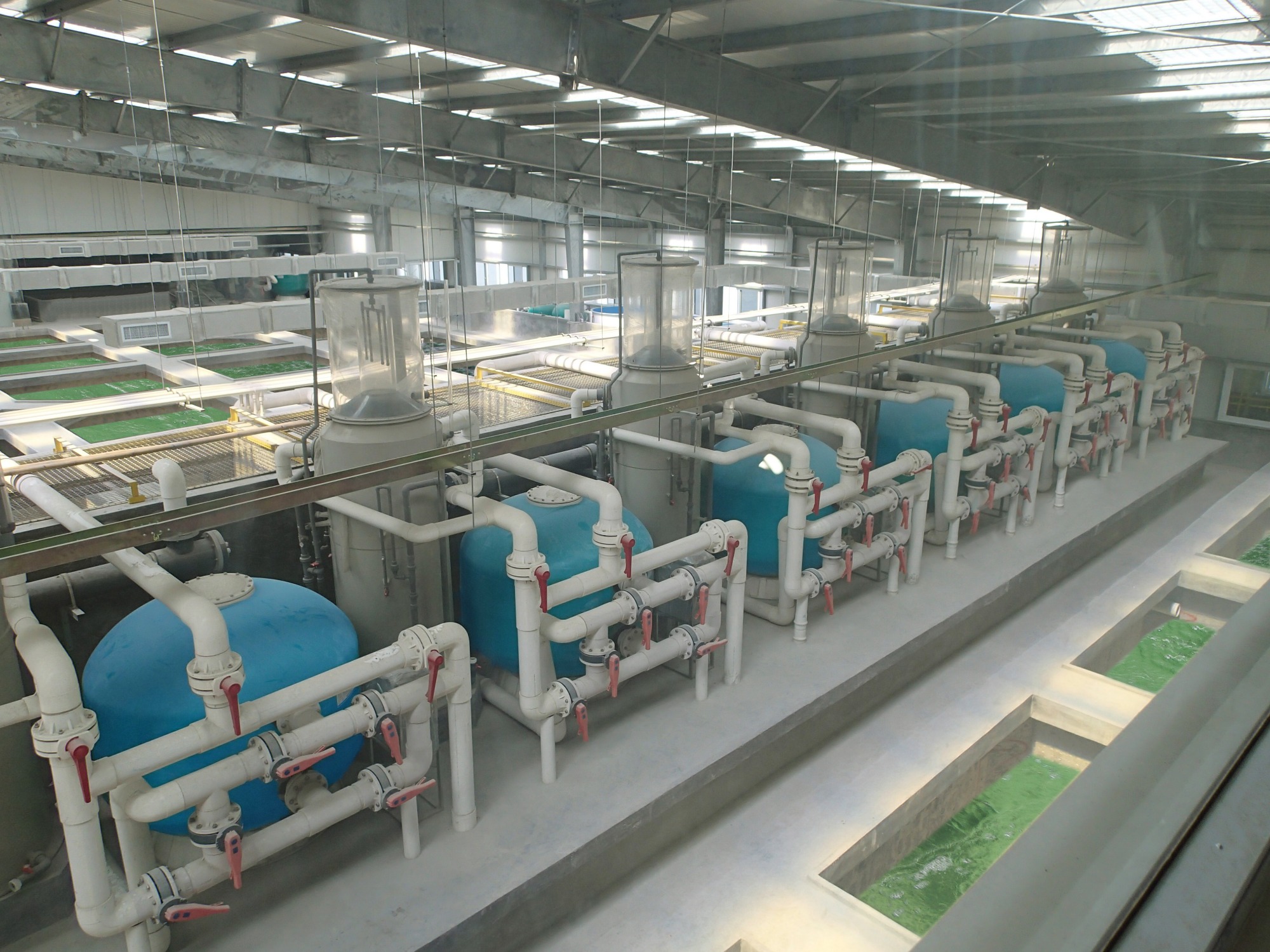
Intensive fish farming, while promising high yields and efficient resource utilization, also presents unique economic considerations that impact its sustainability and profitability.
Understanding these factors and developing strategies to mitigate challenges and capitalize on opportunities is crucial for the long-term success of intensive fish farming ventures.
Production Costs
- Intensive fish farming requires significant capital investment in infrastructure, equipment, and technology.
- Ongoing operating costs include feed, labor, energy, and maintenance.
- Efficient management of production processes, optimization of feed utilization, and minimizing waste can significantly reduce production costs.
Market Demand
- Understanding market demand for the species being farmed is essential.
- Factors such as consumer preferences, price sensitivity, and competition from other sources of fish supply influence market demand.
- Diversification of products, value-added processing, and market research can help farmers adapt to changing market conditions.
Profitability, Intensive fish farming
- Profitability in intensive fish farming depends on a balance between production costs and market prices.
- Maximizing production efficiency, securing stable market channels, and exploring alternative revenue streams (e.g., tourism, educational programs) can enhance profitability.
- Government policies, subsidies, and incentives can also play a role in supporting the economic viability of intensive fish farming.
Last Word
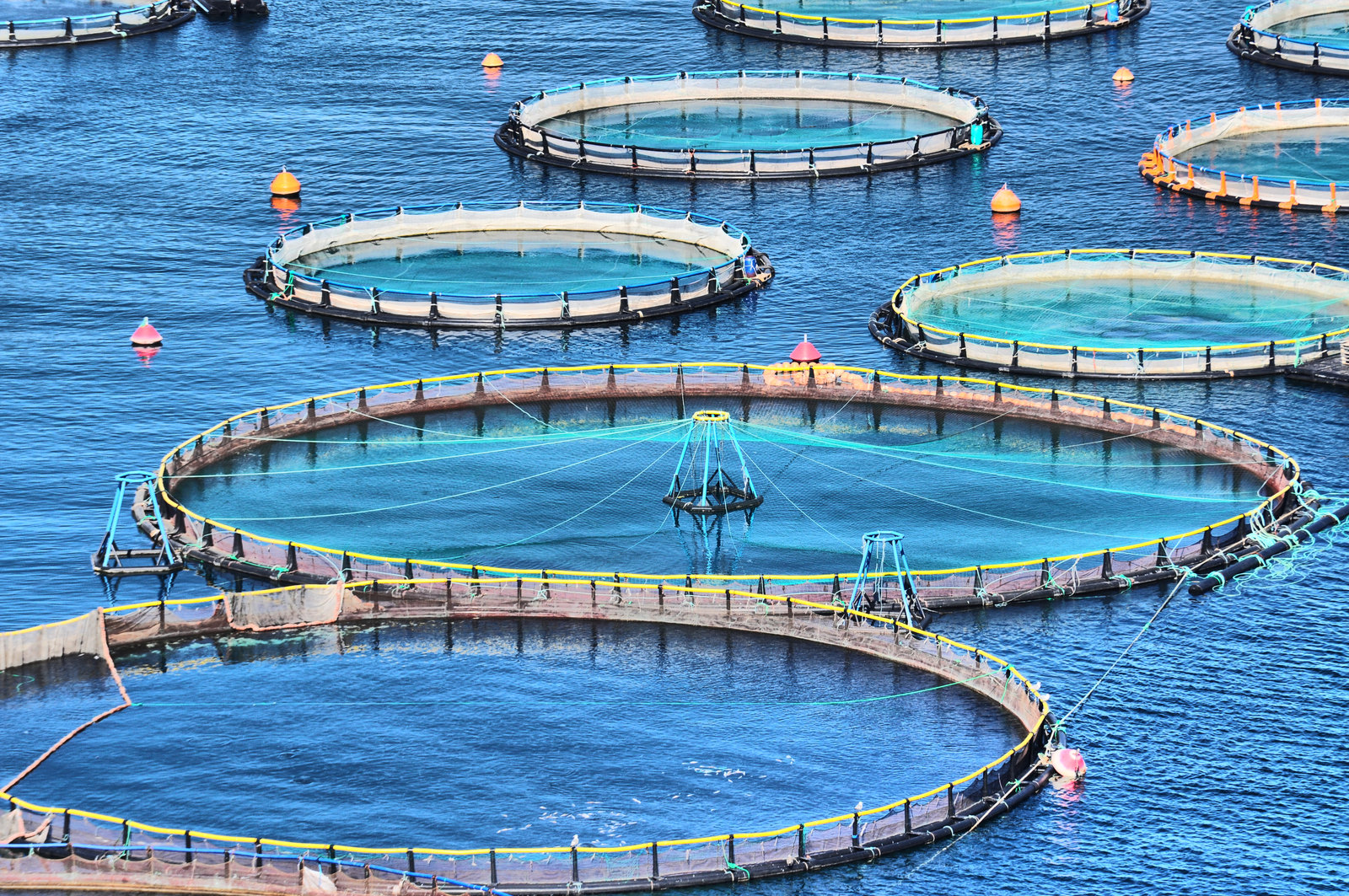
Intensive fish farming presents a promising solution to meet the growing demand for seafood while minimizing environmental impact. By optimizing production systems, ensuring fish welfare, and implementing sustainable practices, this industry can contribute significantly to global food security and economic growth.
As intensive fish farming continues to evolve, ongoing research and technological advancements will further enhance its efficiency and sustainability, paving the way for a secure and abundant future of seafood production.
Answers to Common Questions
What are the key advantages of intensive fish farming?
Intensive fish farming offers several advantages, including increased production efficiency, reduced environmental impact compared to traditional farming methods, and the ability to control water quality and fish health more effectively.
What are the main challenges associated with intensive fish farming?
Intensive fish farming faces challenges such as disease outbreaks, water quality management, and the need for specialized equipment and expertise.
How does intensive fish farming contribute to food security?
Intensive fish farming plays a crucial role in meeting the growing global demand for seafood, providing a reliable and sustainable source of protein.
